People love their pets. Whether you have a golden retriever or a bearded dragon, sharing your life with an animal is extremely rewarding. However, as much as people love their pets, some animals are more suited for small spaces than others.
It’s not surprising that finding a pet-friendly rental can be challenging. But, beyond this, renters also need to ensure that the pet they choose will be happy, healthy, and easy to care for in an apartment.
So, while you’ll also find lists of the best pets for apartments, it’s also wise to know which pets to avoid until you have a bigger space.
Here are five of the worst pets for apartment living.
A Note On Regulations And Leases
Some landlords and property managers are more open to pets than others. You’ll need to check the terms of your lease, and you’ll need to review the laws of your state.
For example, Texas is more lax than New York about what animals they allow as pets. So, a Houston property management company may allow more species or breeds than a company in New York City.
You want to ensure the pet you choose is allowed in your city and your apartment. Otherwise, you will likely need to re-home the pet, leading to the oversaturation of animal shelters.
5 Worst Pets For Apartments And Other Small Spaces
Now that we’ve covered important information on regulations and ethics, let’s jump into some of the worst pets you could have in an apartment, whether because of animal welfare or challenges for owners.
1. Large Snakes
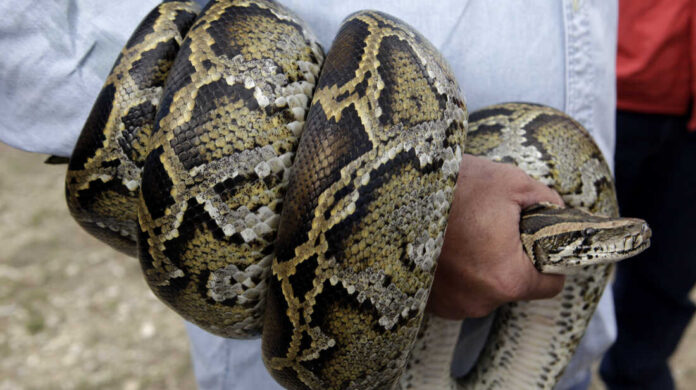
Snakes have a bad reputation that they don’t always deserve. While some small, beginner snakes, such as a corn snake, are great for apartments, large species are not. While most constrictor snakes aren’t big enough to kill anyone, they do require enormous enclosures.
The biggest snake species for apartment living is a ball python, an excellent beginner snake. But remember, even this smaller “big” snake needs a four-foot-long enclosure. So, most apartment buildings won’t offer adequate space, and, unfortunately, many landlords are suspicious of any reptiles at all. It’s usually best to stick with a smaller breed, like a cornsnake.
The other issue with bigger snakes is that if they escape, the city may require you to put them down. Snakes can be great at escaping. Even though they usually won’t cause any harm, they could easily get into a neighbor’s apartment and cause a scare.
2. High-Energy Dog Breeds
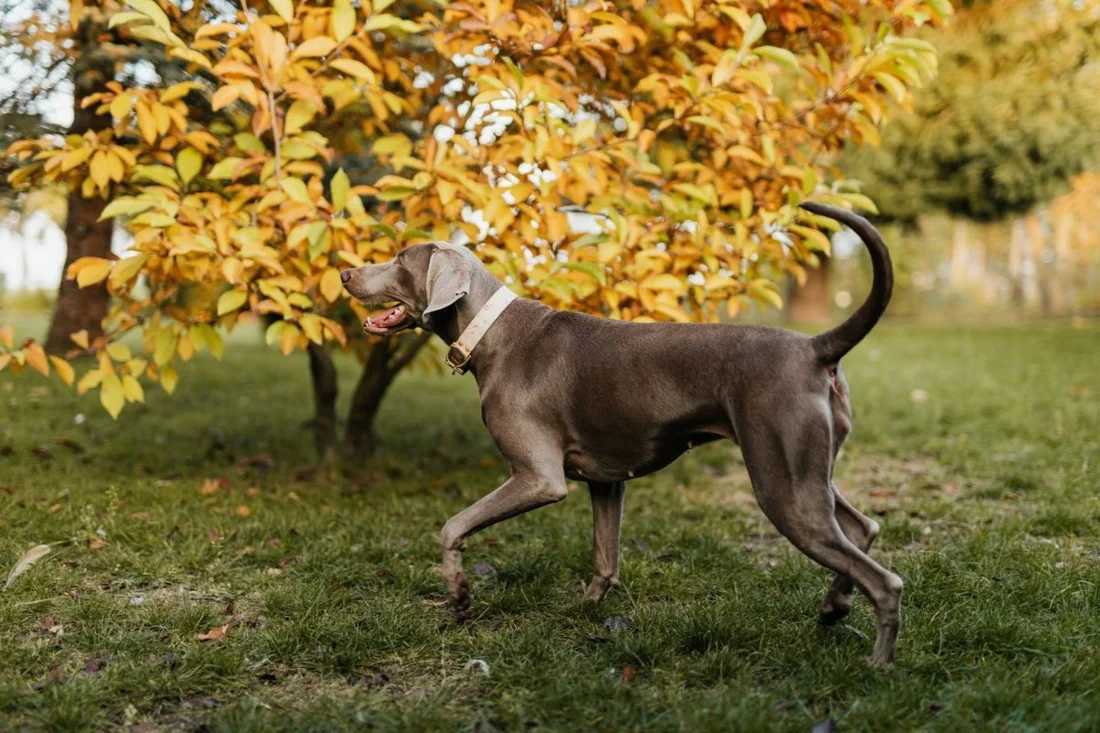
Dogs are the most popular pets in the United States for many reasons. While all dog breeds are excellent in their own ways, you want to be fair to the dog and provide an adequate environment for their needs.
Many high-energy breeds need lots of room to run. Taking them for daily walks isn’t close to enough to meet their health requirements.
Some dog breeds to avoid in small apartments include German shepherds, huskies, and border collies. While they can all make great companions, they were bred for specific jobs. You have to make sure you can take care of them correctly. Unless you can devote a lot of time and energy to ensuring they have enrichment and exercise, a different dog breed is likely an easier option and a better fit for apartment living.
The great news is that many dog breeds do really well in apartments, and you can even find some larger breeds that are mellow and don’t need much space.
3. Pigs

In recent years, the “micro” pig trend took off. The truth is that no pigs stay very small. While there are smaller breeds, they still get rather big, and caring for them in an apartment is a real challenge.
It’s true that pigs are often very smart and can be nearly as loveable as dogs. However, they are best kept in a larger home with a yard. Contrary to popular belief, pigs aren’t always super dirty. However, they aren’t dogs, and they do better living outside. Not to mention that most apartments don’t allow for farm animals, so you could be at risk of eviction.
4. Sugar Gliders
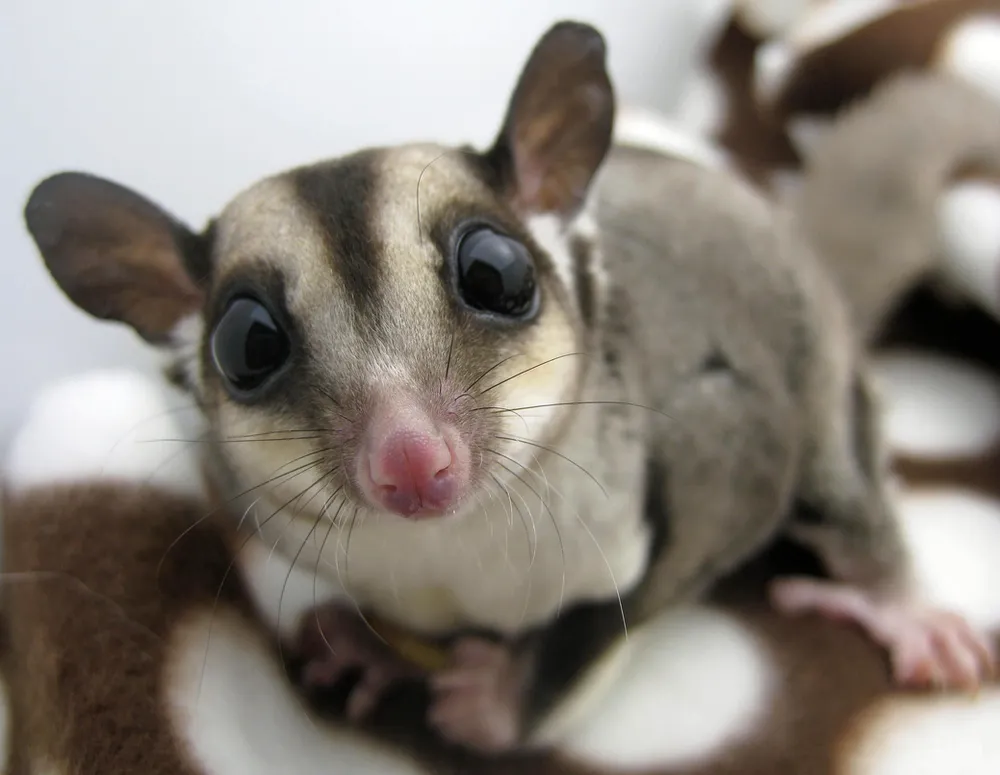
Sugar gliders have become a more common pet because they are adorable. However, these gliding possums haven’t been ethically bred or acquired as pets. Unlike some rodents or other small pets, sugar gliders are still wild animals, and they are much more high-maintenance.
They also need lots of room to explore, and their dietary and husbandry requirements exceed the average person’s expectations. If you own one of these exotic pets, you can expect expensive vet bills, and you might not even be able to find a vet in your area to care for them.
5. Bengal Cats
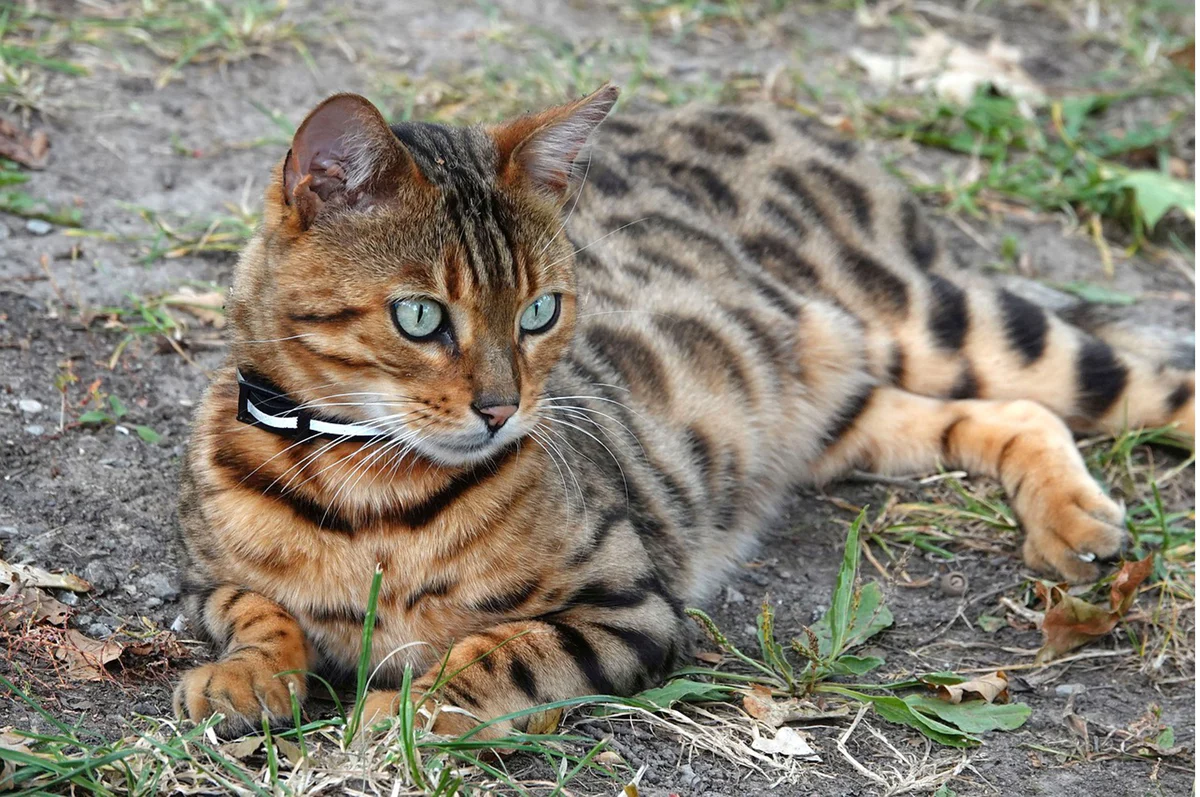
Bengal cats are beautiful, and it’s no wonder so many people love this unique cat breed. They are domesticated house cats with the patterns of a wild animal, and they are very smart. While they are an excellent cat breed, they are high-energy and inquisitive.
These cats need a lot of attention and exercise, and it might be difficult to give them this in a smaller apartment. Many of them need large cat trees or even built-in elements in the walls, as they love to climb and explore. While it’s not impossible, they can be more work than your average cat.
Final Note On Apartment Pets
Researching any animal before you select it as a pet is vital. Ensure you can provide a great environment and meet the needs of their species. Finally, double-check if the animal is allowed in your apartment. It’s much easier to research beforehand and ensure everything is in order. Otherwise, you could get an animal you love and then have to re-home it or return it, which isn’t good for you or the pet.
If you do your due diligence as a pet owner, you’ll provide the proper environment and a happy home for whichever pet you choose. Do your best and everything will work out. Good luck!



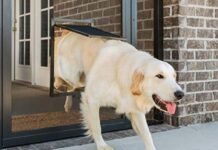

![Calgary’s Hottest Neighborhoods for Luxury Homebuyers [2024]](https://thewashingtonote.com/wp-content/uploads/2024/04/Calgary-324x160.png)



